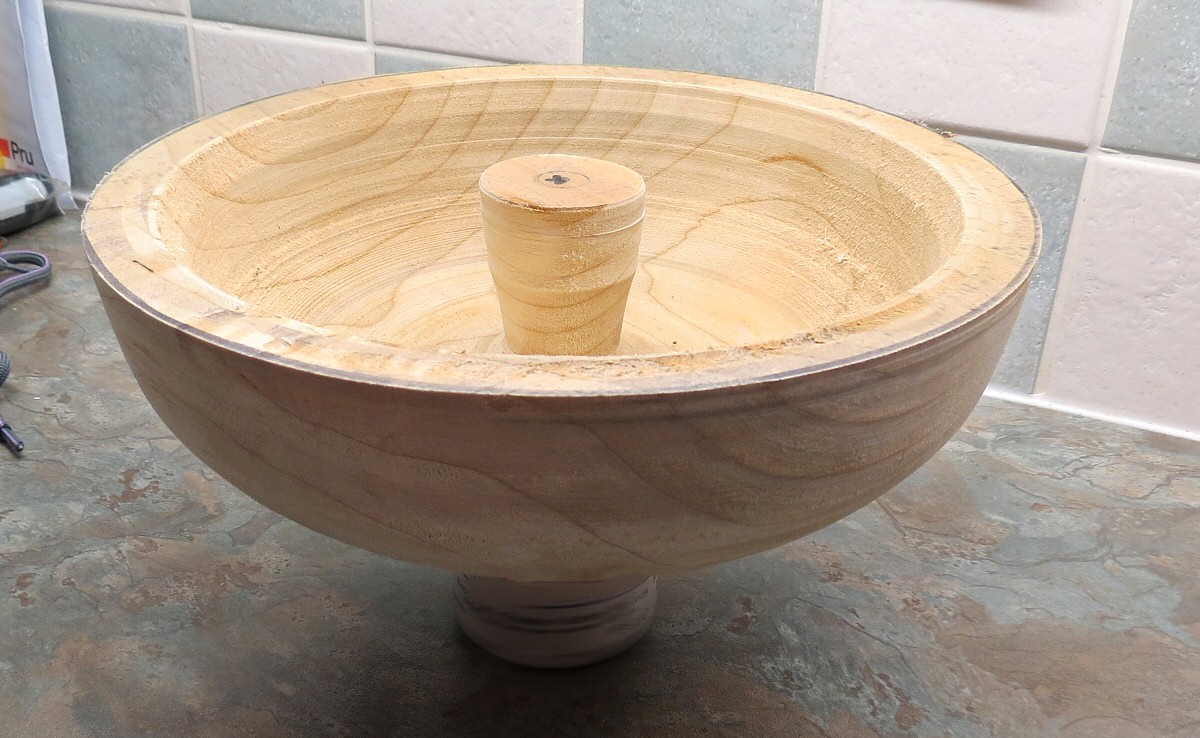I am roughing out some sycamore from a tree I have just brought down. so its pretty wet.
Any advice on what sort of thickness to take it to, and is leaving a support in the middle worthwhile? On the hidden side I have a tennon for mortice type chuck (sorry don't know the correct name) will this go out of round when drying and become unusable?

Any advice on what sort of thickness to take it to, and is leaving a support in the middle worthwhile? On the hidden side I have a tennon for mortice type chuck (sorry don't know the correct name) will this go out of round when drying and become unusable?










































